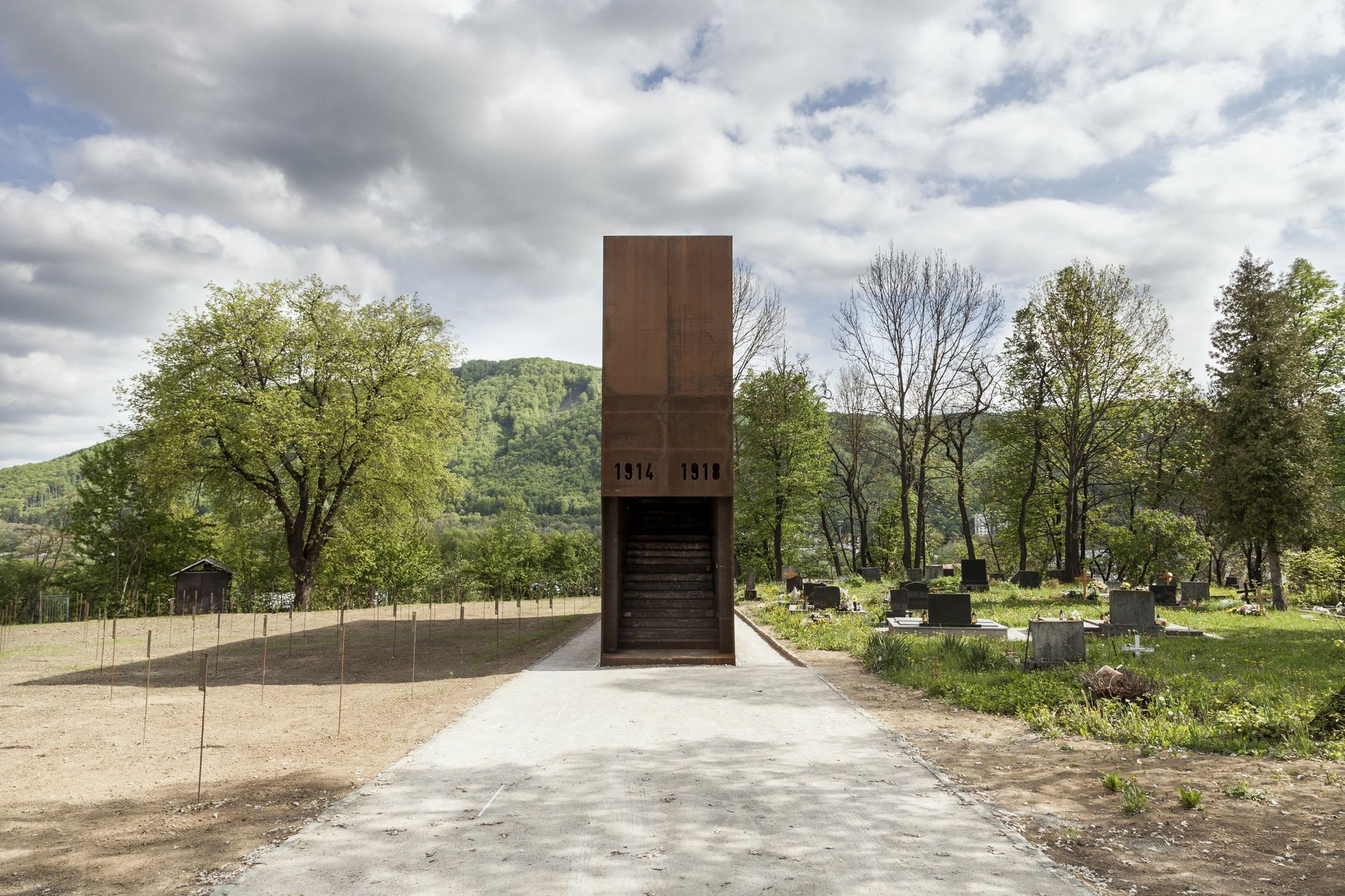Lookout, chapel, wall, tombstone and reverent place—Monument Majer erected in the old, First World War cemetery of Banská Bystrica fulfils all these functions all at once. In the latest episode of our PACE X HYPEANDHPYER series, we explore this contemporary building from the category of recollective architecture.
In 1915, a cemetery for soldiers who lost their lives during WWI was established in Banská Bystrica’s Majer district. During the First World War, 1380 soldiers from 8 countries—who had been transferred here during the war and lost their lives here—were buried in it. In the communist era, the cemetery was completely abandoned and roads were built around it. Reconstruction only started long years after the fall of communism—in 2016, a revitalization project created new opportunities for remembrance.

Architecture studio N/A augmented the cemetery with a 2.4 meter wide, 19.2 meters long and 8 meters high object, which fulfils multiple functions in addition to serving as a monument. The architects applied a free interpretation to the concept of the monument and took an intuitive approach towards the project. A staircase hidden inside the thick, welded steel block leads visitors up to the light, symbolizing the connection between past and present.
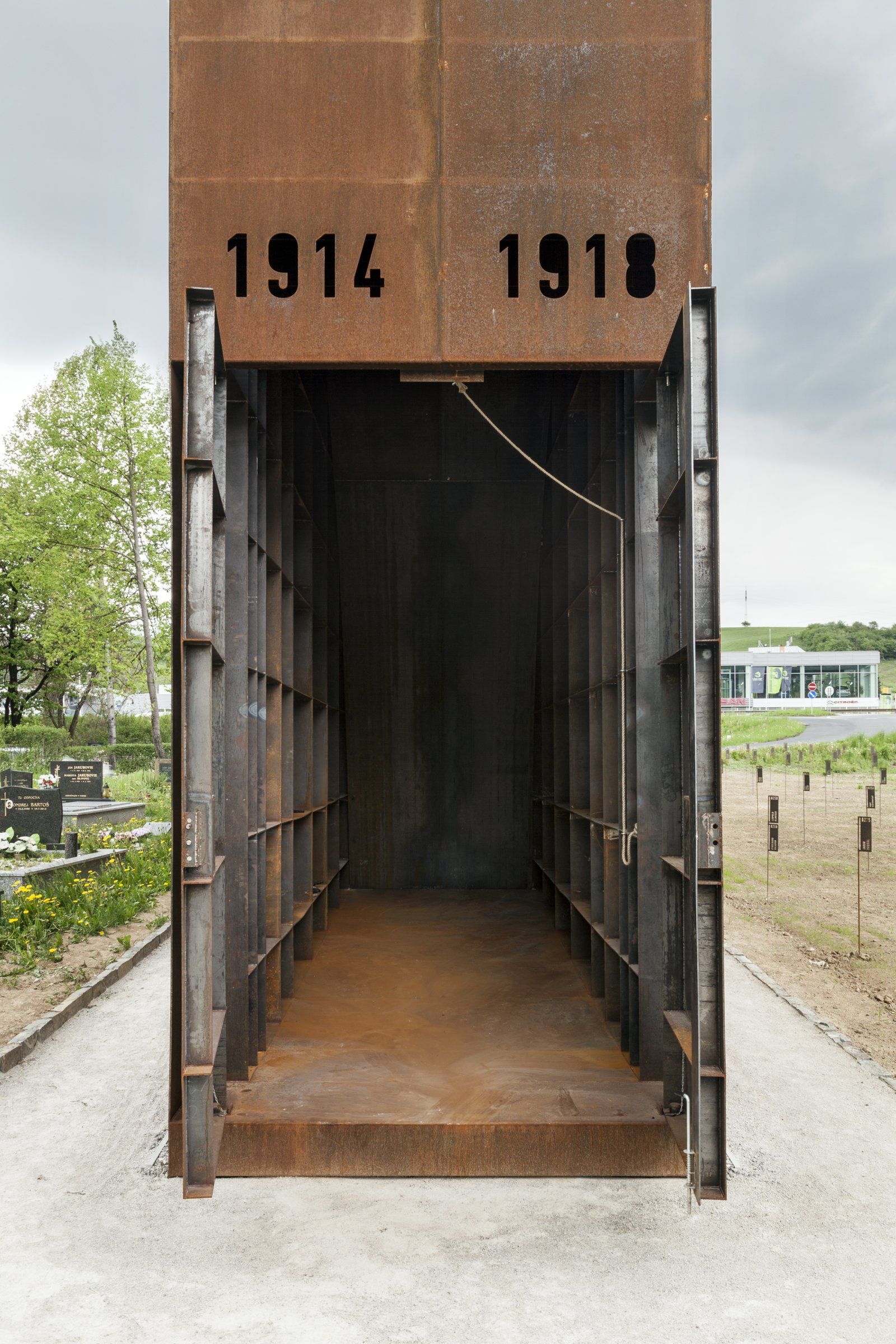
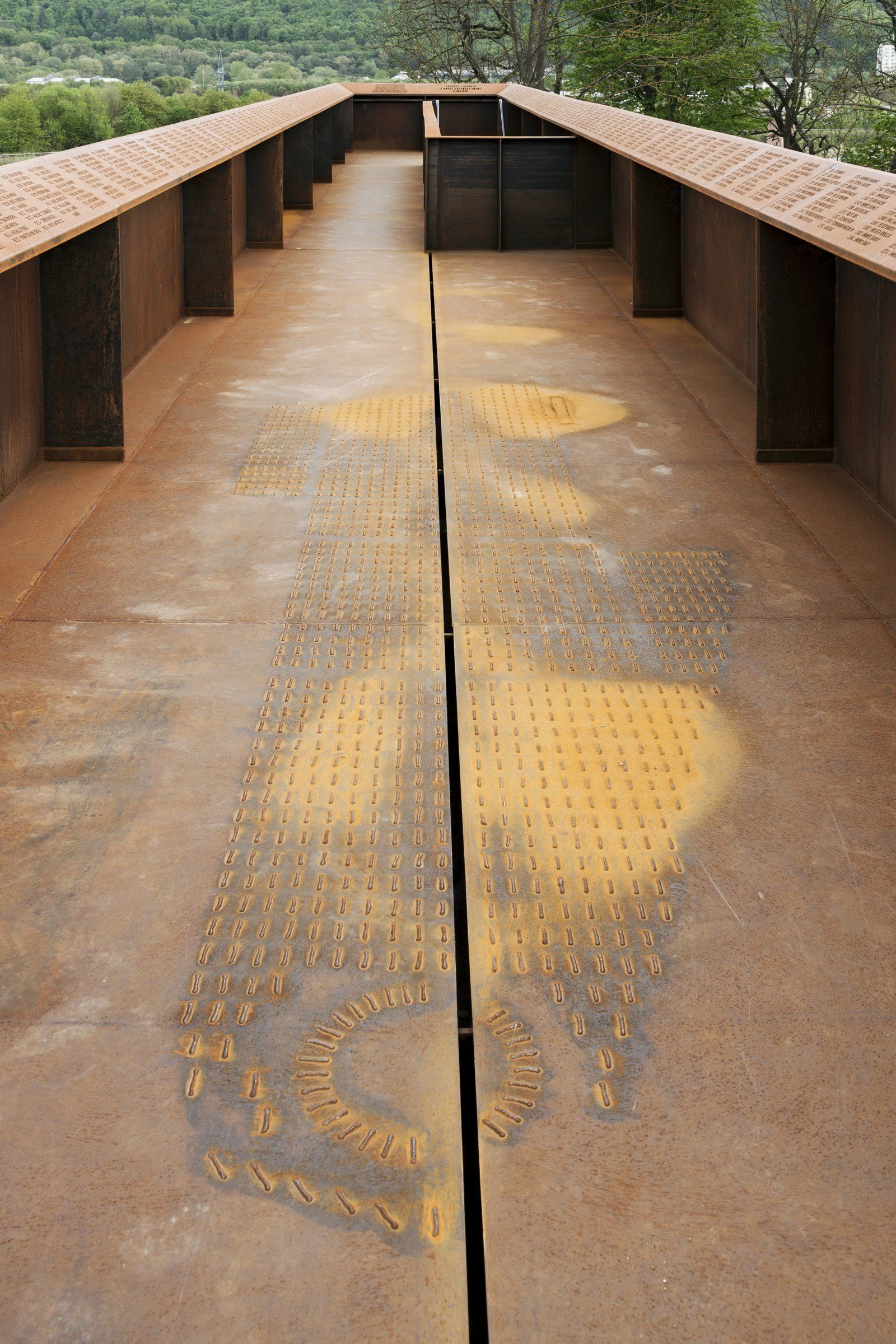
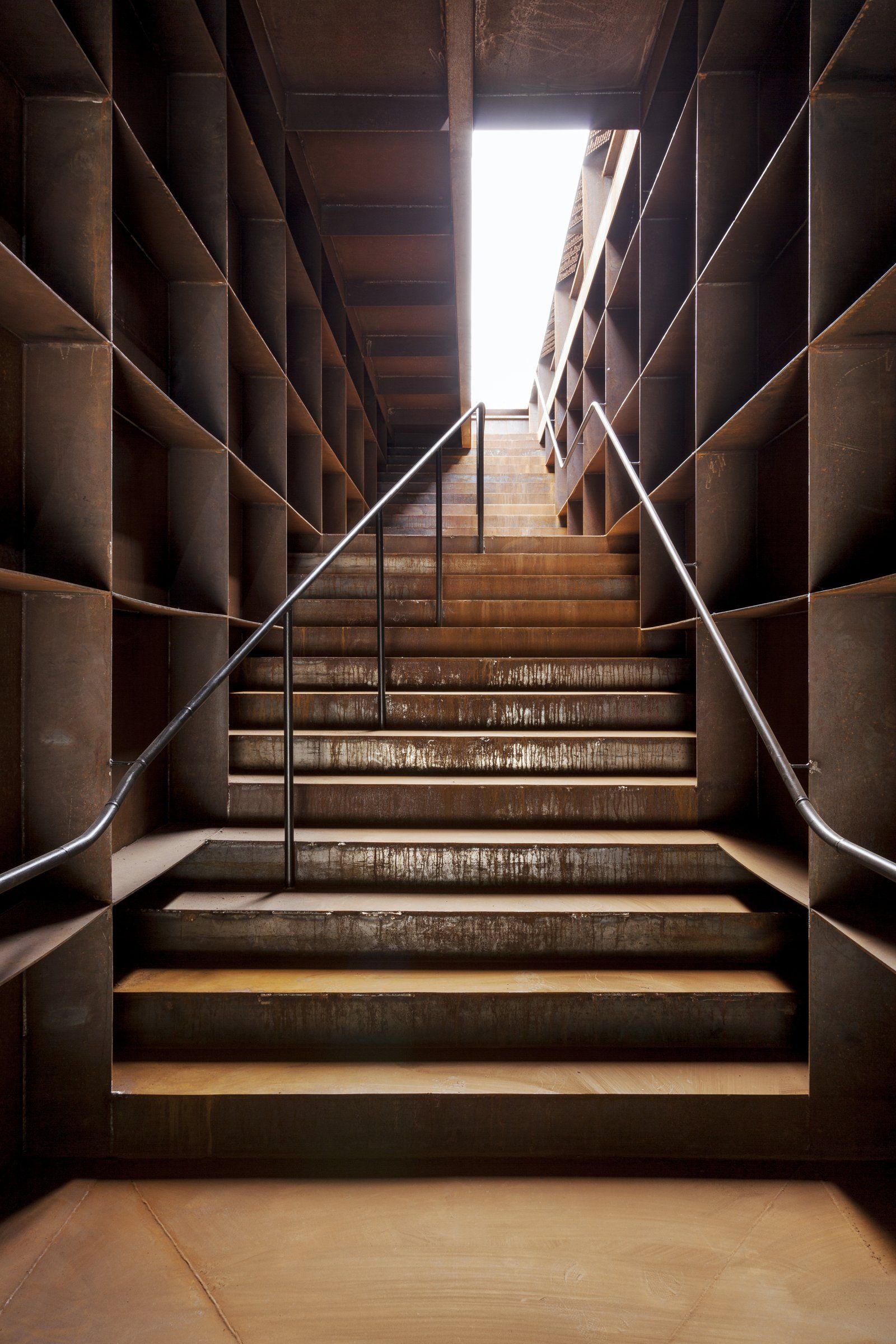
This ephemeral experience stands in strong contrast with the size and image of the building. All structural and façade elements were welded from steel plates 8 mms thick. The whole object is one structural unit, the only openings being those designed for entry and accessing the roof.
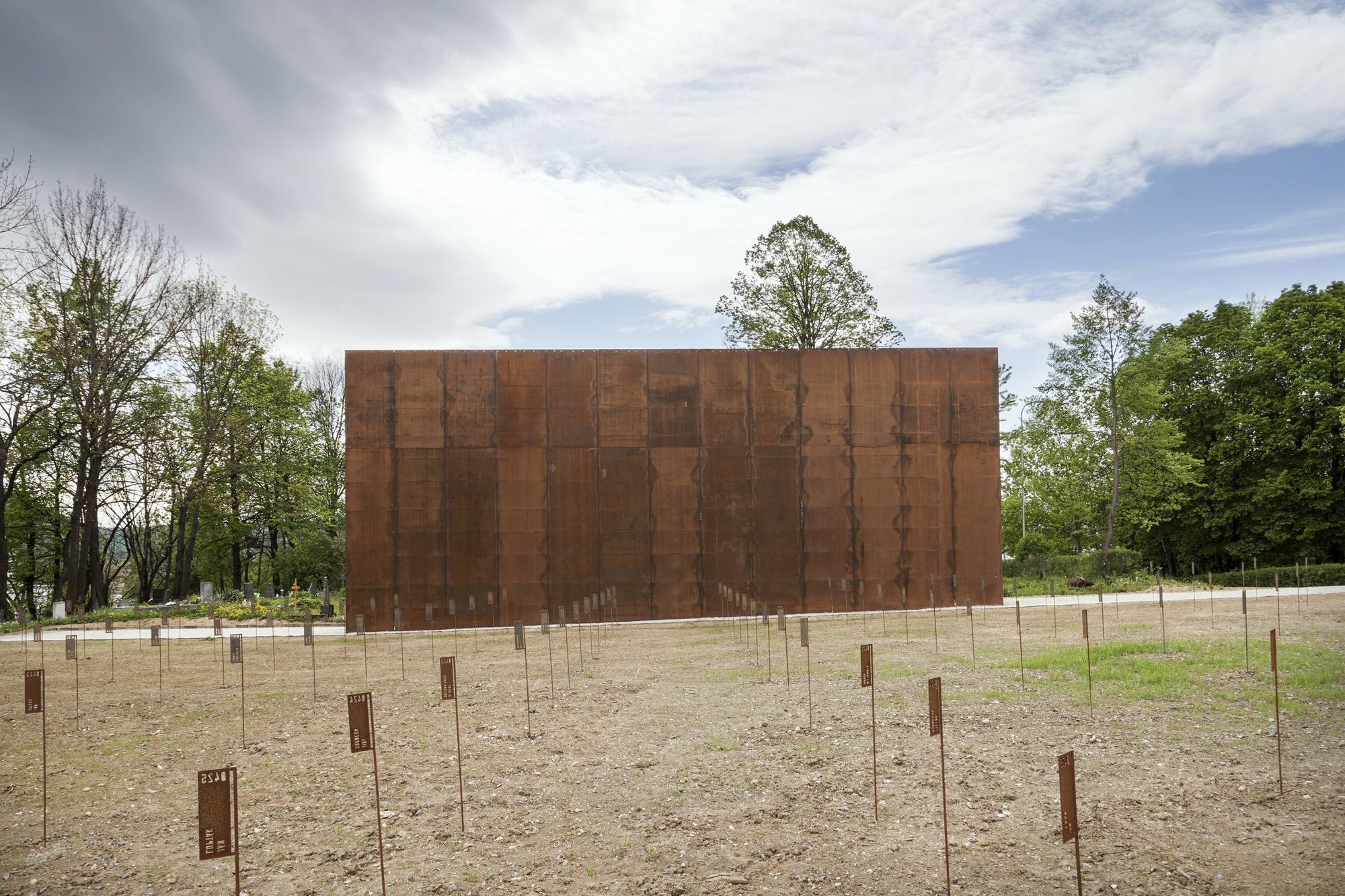
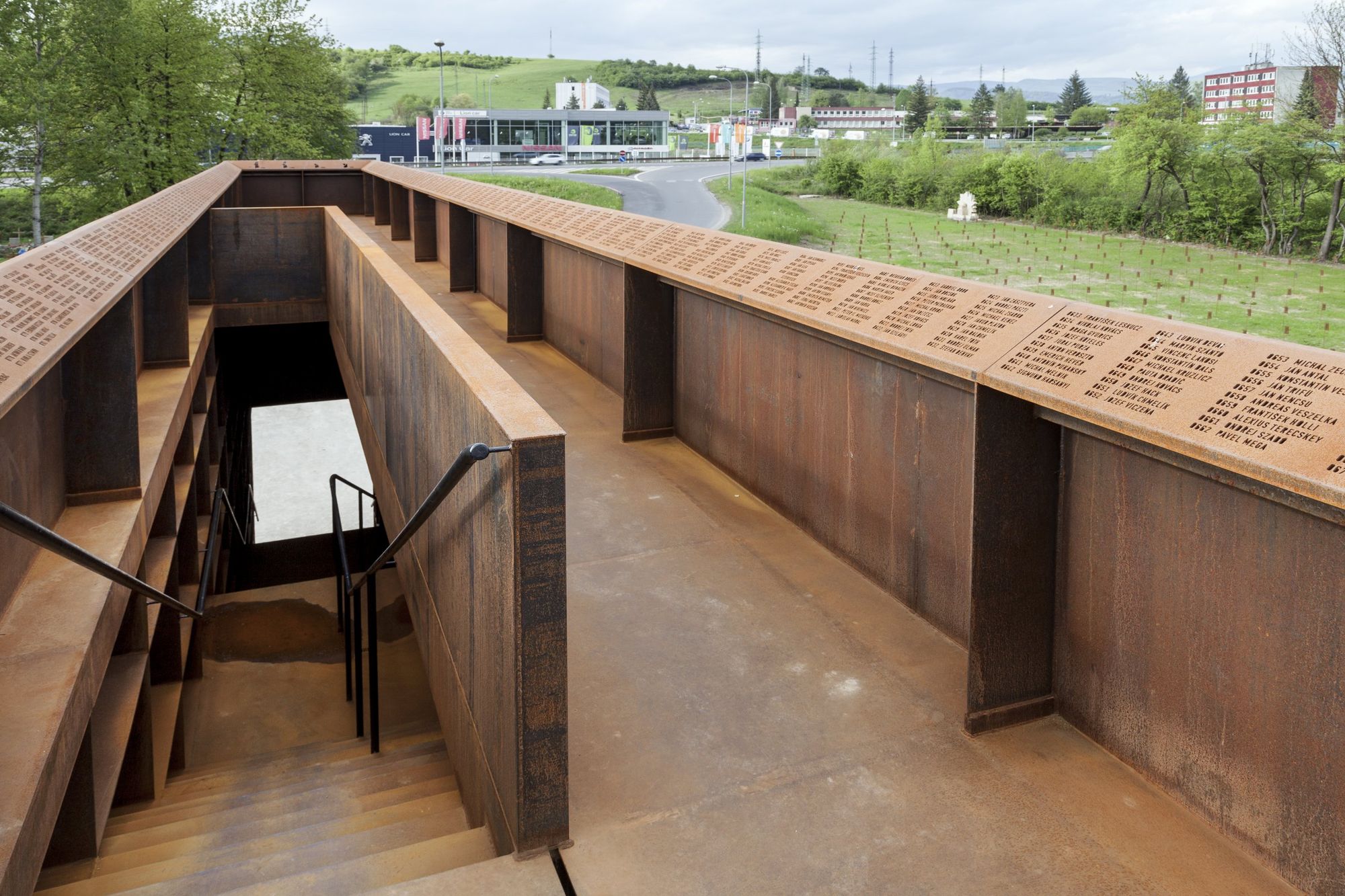
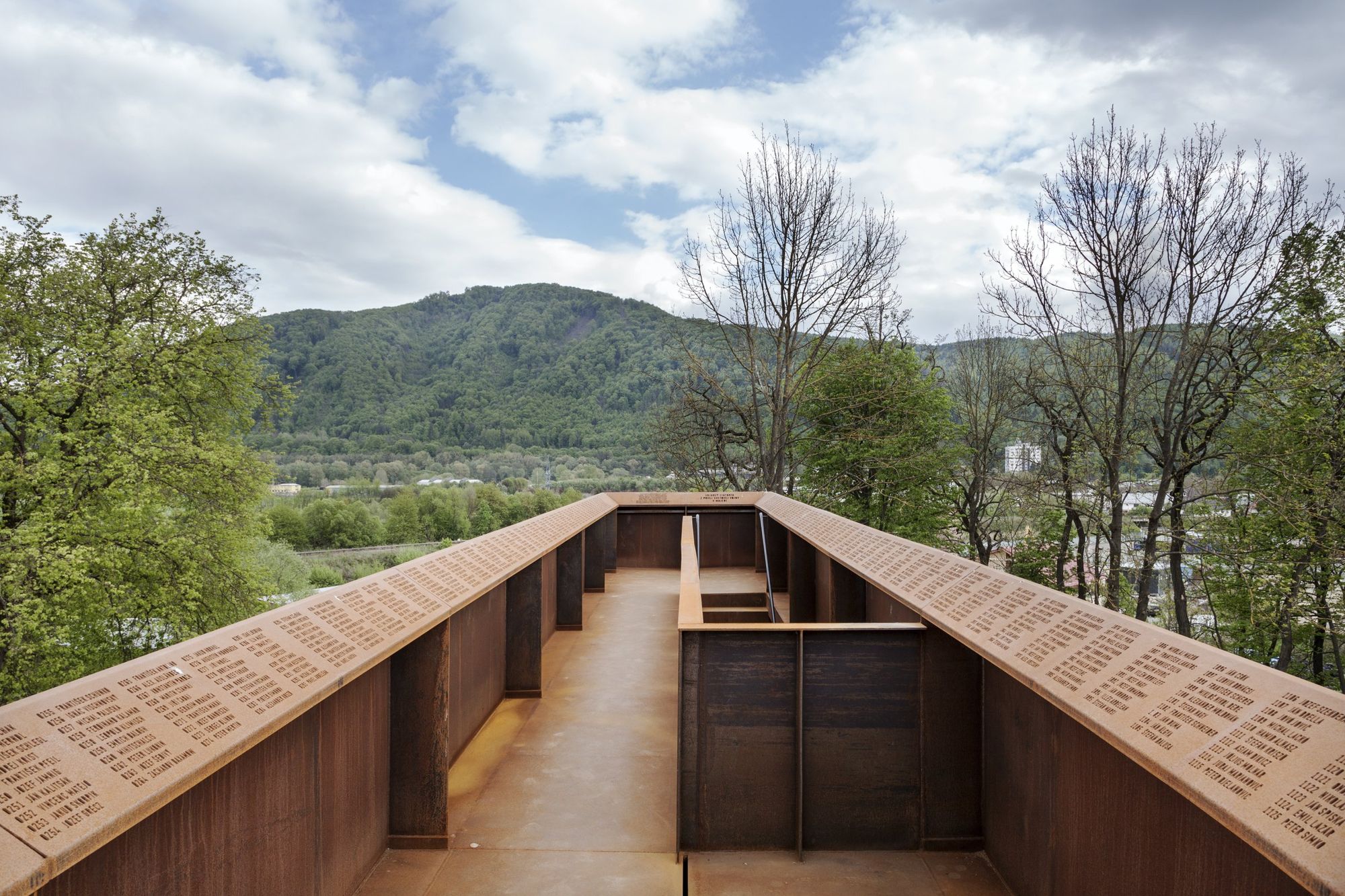
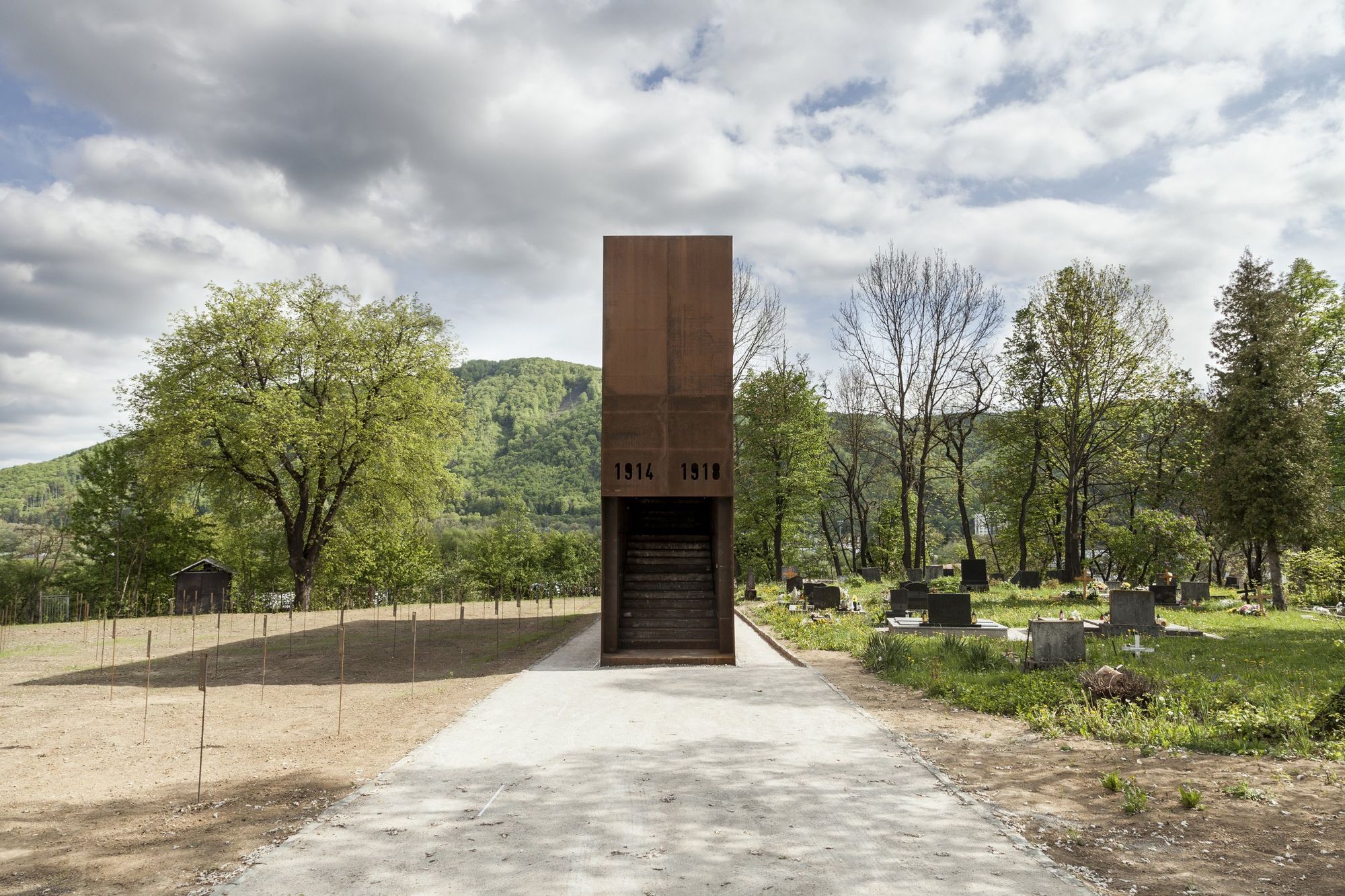
In our PACE X HYPEANDHYPER series, we showcase a prominent contemporary public building from the Central Eastern European region each week.

Opening a door to health | DOOR
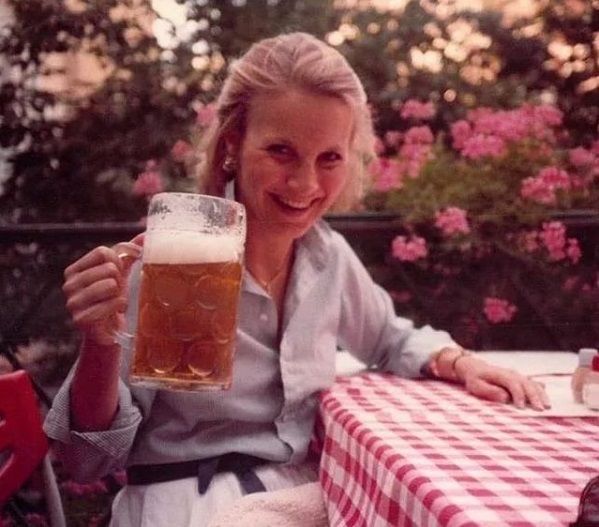
Who to follow this February: @oldschoolmoms










